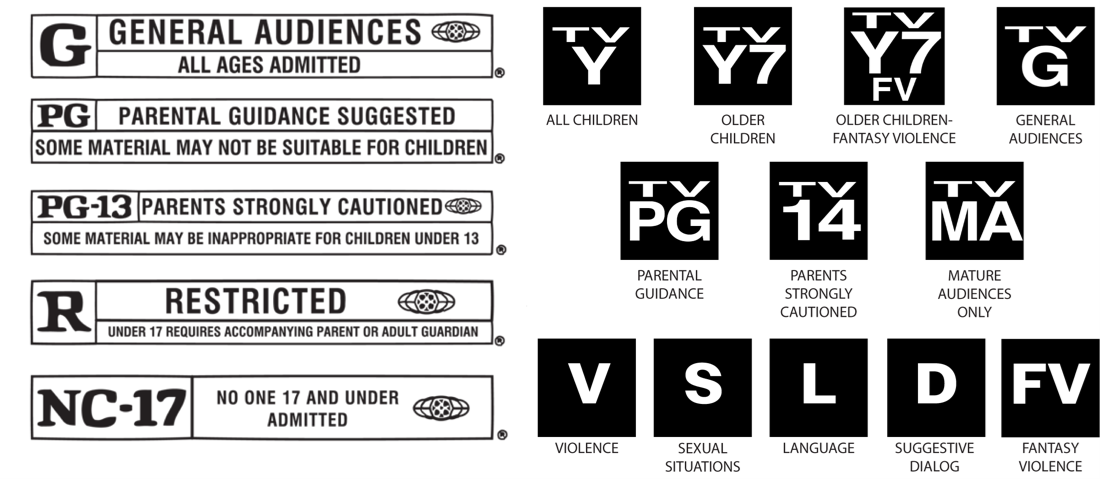Content Stands Tall By Getting Shorter
According to PWC’s M&E outlook for 2018-2023, the U.S. entertainment marketplace is expected to reach more than $825 billion. The report includes revenues from a wide range of sources, including global content creators (Disney, Warner Bros., Starz, CBS, AMC, etc.), multichannel video programming distributors (Comcast, AT&T, Verizon, etc.), digital stores (Apple iTunes, Amazon Prime, Google Play, etc.), and streaming platforms (Netflix, Amazon Prime, YouTube, etc.). In total, these segments represent approximately one third of global revenue in this category. This also considers increasing adoption of various access options, like AVOD, DTC subscription-channels, and SVOD. Given the paradigm shift away from traditional programming forms and access methods, it’s hard not to wonder if there is such a thing as “nontraditional” anymore.
Industry growth is particularly relevant to the rapid evolution of short-form programming. Traditionally relegated to the chaotic “User Generated Content” category, this format now spans highly scripted, carefully produced shows from the likes of Quibi, Netflix, and YouTube. Short-form content also includes promotions, stunts, material repurposed from longer-form linear broadcasts, and a variety of other subjects. Like the variation found in the content itself, programming lengths vary widely, but most industry participants see higher production quality content at 8-15 minutes, though that can be higher or lower depending on platform, show-type, or distribution bias (i.e., daily entertainment news, a reality-show primed for any platform, or a premium weekly scripted show with named talent and viewing experiences tailored to smartphones).
As short-form content propels on to the main stage of consumption, Spherex has been tracking trends and insights along its trajectory. Through an innovative partnership with a major network, Spherex tracked premium daily and weekend shows to understand the distribution of short-form content freely available on the network’s website, as well as via YouTube in comparison to the shows’ linear broadcast segment. In this case, short-form is defined as between 2-6 minutes in length and derived from the network’s long-form formats, i.e., 45-60 minutes per episode. These shorts represented a category mix of popular news content and late-night-interview format shows.
Over a period of one month, Spherex Monitoring found 30-70% of the broadcast content was also freely available in short-form-version, either via owned-and-operated properties or via the network’s managed YouTube channel. The high availability of short segments signals strong acceptance that short-form content is an integral component of promotional and distribution strategies. The plan appears to be “we’ll air programming over linear broadcast; and then in a controlled way, release segments across our online presence.” Spherex’s analysis revealed both anticipated and surprising findings.
Programming teams normally expect between 25-30% of content runtime to potentially reappear in corresponding short-form versions. The fact that as much as 70% of runtime overlap occurred between specific shows and their segment-based online programming provides evidence that a staggering amount of viewing is now being presented ‘off-network.’ If such an elevated amount of content is being made regularly available online, there is little incentive for audiences to consume shows via traditional networks channels.
Additionally, on any given day, the distribution footprint of snackable ‘give-away’ programming on ‘YouTube Channels’ as compared to ‘Owned and Operated’ properties is highly unpredictable. More than half of the time, there is at least a 30% variation in total content runtime between these two channels, and a quarter of the time, the difference was more than double. On average, slightly over 8 clips are presented per show on any given day. The YouTube channel often had a wider selection of content; sometimes presenting double the number of short-form clips.
Financial considerations also arise when significantly more than planned or expected viewing is occurring via third-party channels as compared to direct online properties. In this situation, external entities are disproportionately benefiting from advertising revenue and not sharing detailed viewing habits. Content owners are also incurring ongoing administration overhead for their personnel to edit/post/maintain high volumes of short-form clips. Additionally, YouTube continues to attract large numbers of highly engaged fans who will sometimes upload an entire long-form show before short-form clips are even made available for distribution. Such actions clearly must be subject to take-down notices, but are these notices being issued and being acted upon in a timely manner? Clearly a better solution would be for more expedient posting of officially released clips.
Spherex’s study highlights how the growing reliance on short-form content places pressure on content owners. For example, how aligned are internal stakeholders on the promotions and distribution strategies being employed? Are these strategies being comprehensively monitored to ensure compliance across high profile shows and networks? Are underlying return-on-investment models for promotional content being negatively affected by lack of cross-channel performance data? What are the systemic operational issues that need to be addressed? These are just a few of the many ongoing questions related to the need for monitoring short-form content by the Media & Entertainment industry as this exciting form continues to gain popularity.
Related Posts


SILICON VALLEY
2336-H Walsh Ave.
Santa Clara, CA 95051
+1(408) 550-2344
LOS ANGELES
3900 W Alameda Ave.
Burbank, CA 91505
+1(310) 496-7307









